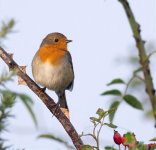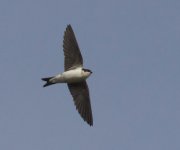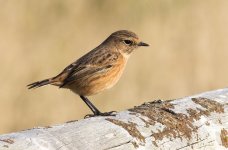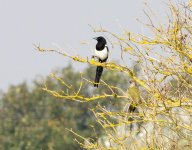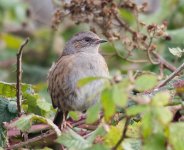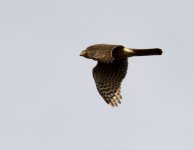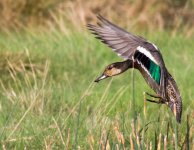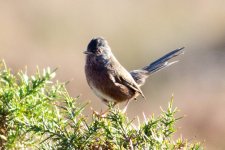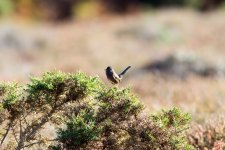Roy C
Occasional bird snapper
The consensus of opinion for Canon is the the native ISO are indeed, 100,200,400 ..............Ah, right. So, to be able to use pushing and pulling effectively, you'd need to know the true native ISO of whichever camera you're using. Either that or use trial and error, and get to know your camera well enough to work out which ISO values on that specific model are best for relatively low noise or whatever. Cheers,
David




